In the fast-paced and interconnected world of business, mergers and acquisitions (M&A) have become a common strategy for companies seeking growth, diversification, and enhanced competitive advantages. The process of M&A involves intricate negotiations, due diligence, and the exchange of sensitive information. As technological advancements continue to reshape industries, one tool has emerged as a crucial asset in facilitating successful M&A transactions: the Virtual Data Room (VDR).
What is a Virtual Data Room (VDR)?
A Virtual Data Room (VDR) is a secure online repository that enables companies to store, organize, and share confidential documents during the due diligence phase of M&A transactions. Unlike traditional physical data rooms, which required participants to gather in a specific location to review physical documents, VDRs allow authorized parties to access documents from anywhere in the world, at any time, as long as they have an internet connection.
The Evolution of VDRs in M&A
Before the advent of VDRs, due diligence processes were labor-intensive, time-consuming, and prone to security risks. Physical data rooms required participants to travel to a designated location resulting in added expense and often resulting in logistical challenges and delays. Furthermore, maintaining the confidentiality of sensitive documents was a significant concern.
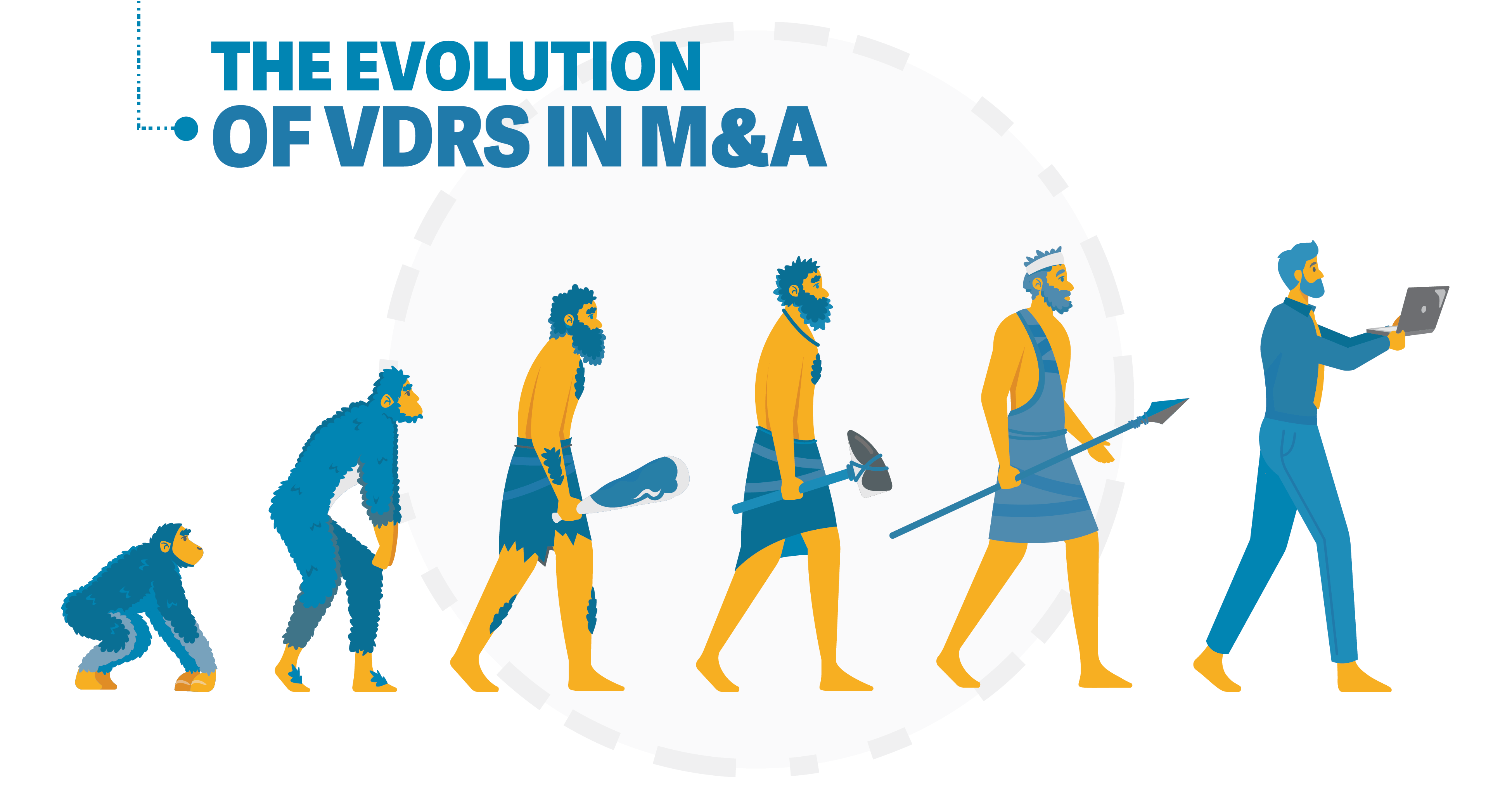
With the introduction of VDR technology, the M&A landscape underwent a transformative shift. VDRs streamline the due diligence process by offering features such as controlled document access, activity tracking, and data encryption. These advancements not only expedited the transaction timeline but also improved data security and transparency, fostering trust among involved parties.
The Importance of Secure Document Sharing and Collaboration
In today's interconnected and digital world, collaboration has become an essential aspect of work, education, and various other fields. The ability to share documents and collaborate remotely has revolutionized the way we work and communicate. However, alongside these benefits come potential risks to the security and privacy of sensitive information. This is where the importance of secure document sharing and collaboration truly shines.
The Evolution of Collaboration
Gone are the days of passing physical documents back and forth or gathering in conference rooms for meetings. With advancements in technology, online platforms and tools have emerged to facilitate seamless collaboration among individuals or teams located in different parts of the world. This evolution has increased efficiency and productivity, however, it has also created a new set of challenges related to data security and privacy.
The Risks of Unsecure Document Sharing
When documents are shared without adequate security measures, they become vulnerable to various threats, including:
Unauthorized Access: Documents that are not securely shared might end up in the wrong hands, leading to potential data breaches, identity theft, or corporate espionage.
Data Loss: Accidental deletion or corruption of files can occur if proper version control and backup mechanisms are not in place.
Malware and Viruses: Cybercriminals often use seemingly harmless documents as vehicles to deliver malicious software to unsuspecting users.
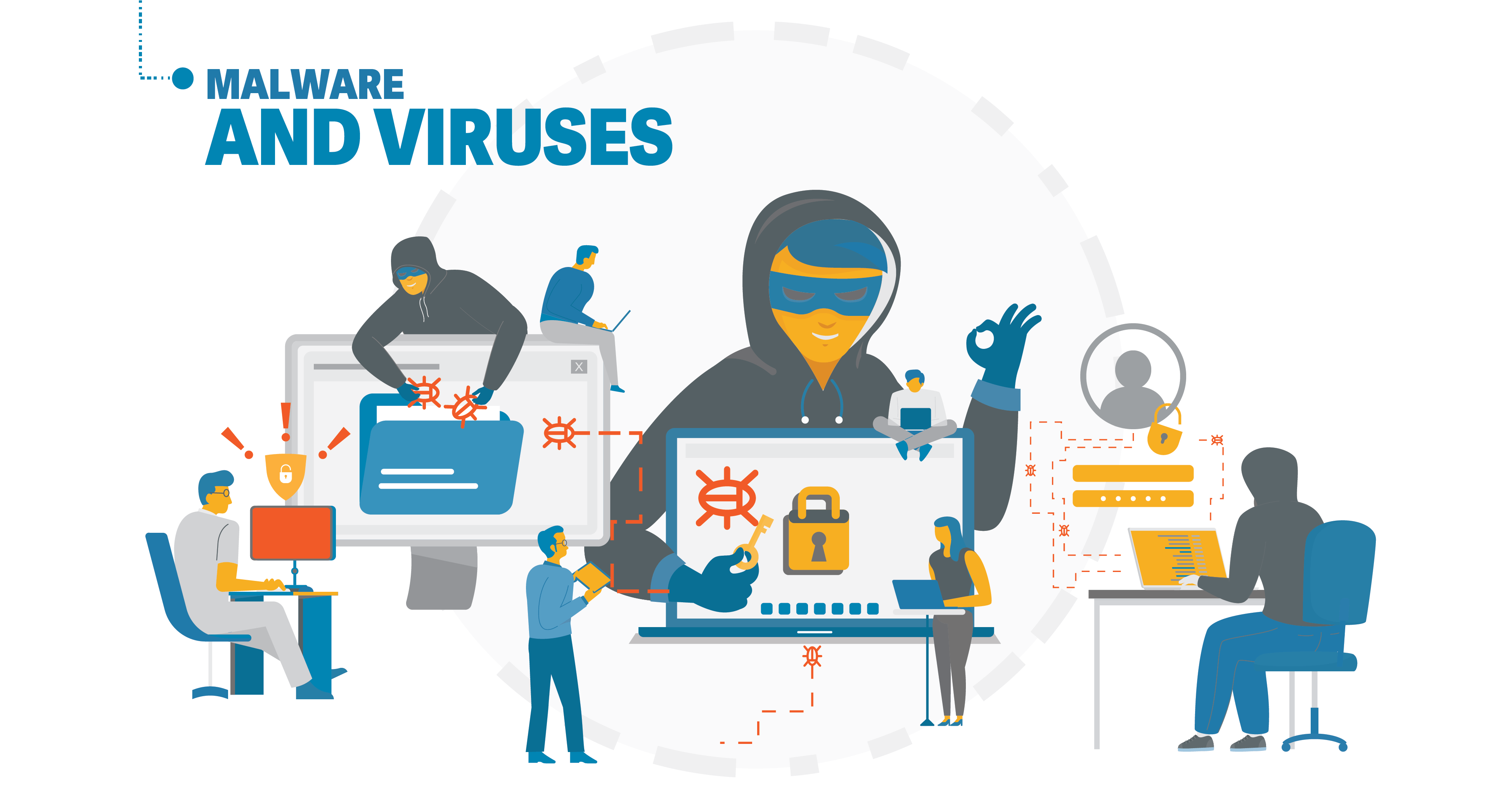
Phishing Attacks: Hackers can manipulate documents to include phishing links or malware, tricking recipients into compromising their credentials or devices.
Lack of Control: Without secure document sharing tools, creators might lose control over who can view, edit, or share their documents, potentially leading to unauthorized changes.
The Benefits of Secure Document Sharing and Collaboration
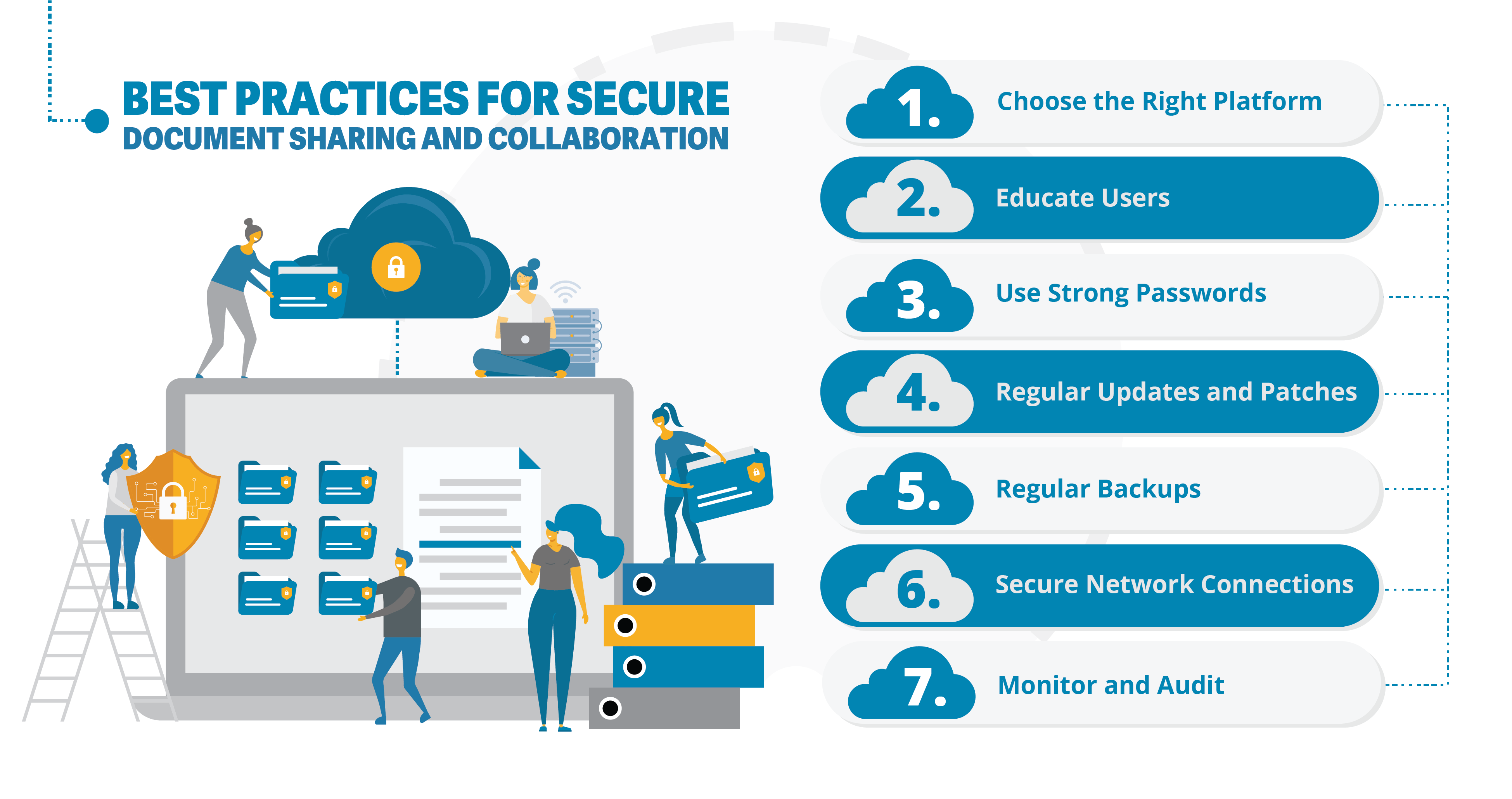
Implementing secure document sharing and collaboration practices offers numerous benefits that protect sensitive information while enhancing overall efficiency:
Data Encryption: Secure document sharing platforms use encryption to ensure that documents are only accessible to authorized individuals. This prevents unauthorized interception during transmission and storage.
Access Control: VDR platforms provide granular control over who can access, edit, and share documents. Access can be restricted to specific users or groups, reducing the risk of data leaks.
Version Control: Proper version control prevents confusion by maintaining a clear record of document revisions. This ensures that everyone is working with the most up-to-date information.
Audit Trails: Secure platforms often offer audit trails, allowing administrators to track document activities and user interactions. This is crucial for identifying potential security breaches.
Collaboration Tools: Secure collaboration platforms often include features such as real-time editing, comments, and annotations, enhancing teamwork while maintaining document security.
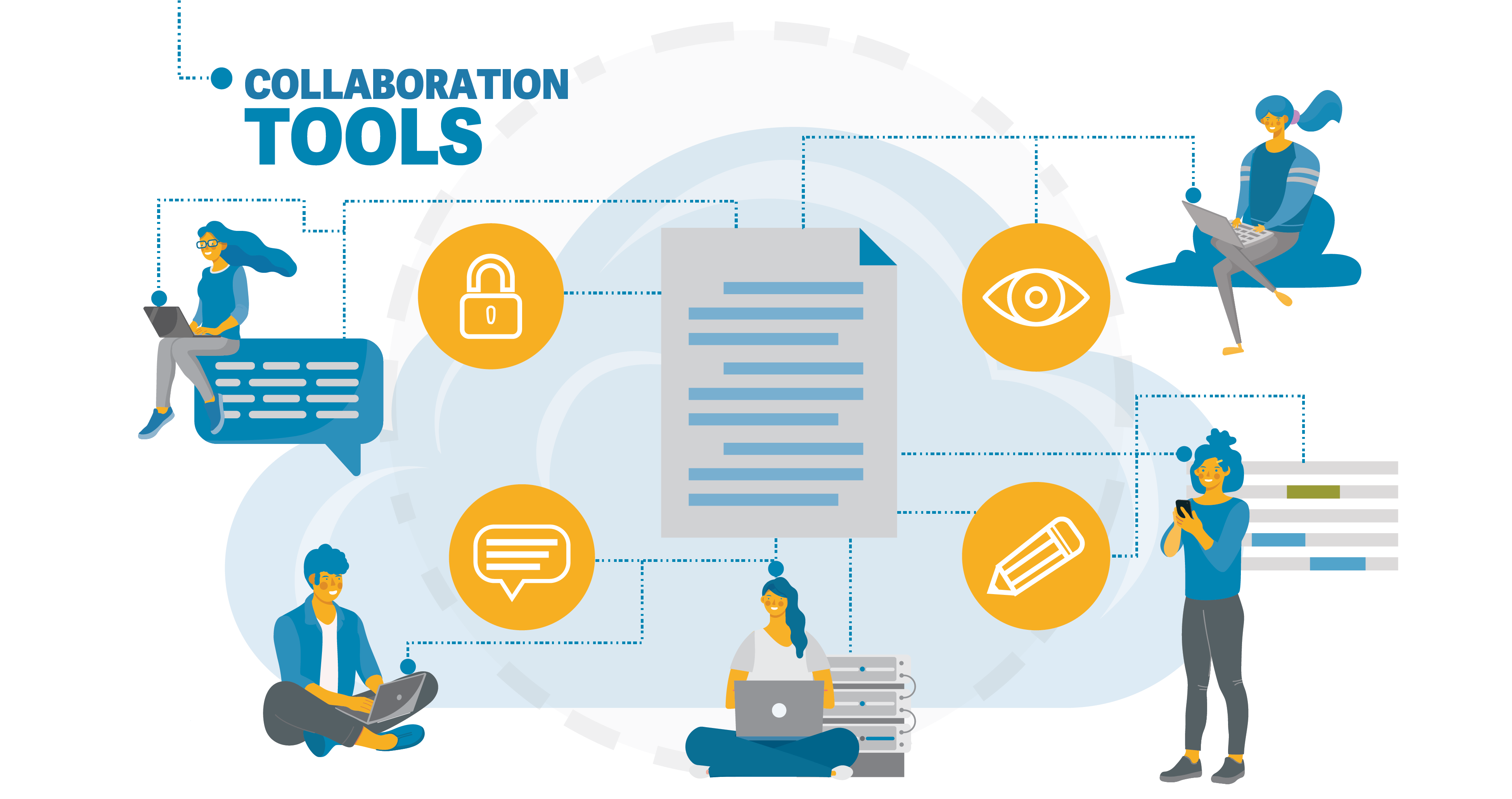
Multi-Factor Authentication (MFA): Implementing MFA adds an extra layer of security by requiring users to provide multiple forms of verification before accessing documents.
Best Practices for Secure Document Sharing and Collaboration
To ensure the highest level of security when sharing and collaborating on documents, consider the following best practices:
Choose the Right Platform: Opt for reputable and well-established collaboration tools that prioritize security and have a track record of safeguarding user data. Look for security certifications that prove bank-grade security and high availability.
Educate Users: Provide training to users on how to identify phishing attempts, securely share documents, and recognize potential security risks.
Use Strong Passwords: Encourage the use of strong, unique passwords and, where possible, implement multi-factor authentication for added security.
Regular Updates and Patches: Keep all software and applications up to date with the latest security patches to prevent vulnerabilities from being exploited.
Regular Backups: Regularly backup important documents to prevent data loss in case of accidental deletion or technical failures. Look for VDR platforms that provide multiple levels of redundancy.
Secure Network Connections: Avoid sharing sensitive documents over public Wi-Fi networks, as they are more susceptible to hacking and interception.
Monitor and Audit: Regularly review document activities, access logs, and user permissions to identify any unusual behavior or potential security breaches. Consider a VDR platform that provides User IP Address tracking.
Key Roles of VDRs in M&A Deals
Virtual Data Rooms (VDRs) have revolutionized the process of due diligence by offering an efficient and secure platform for the exchange of critical information during mergers, acquisitions, fundraising, and other complex business transactions. With VDRs, the laborious and time-consuming task of gathering, organizing, and sharing sensitive documents is streamlined to a remarkable extent. Advanced security features, such as encryption, access controls, and audit trails, ensure that confidential data remains protected at all times. VDRs facilitate seamless collaboration between stakeholders, as they provide tools for annotation, commenting, and version tracking, enabling real-time communication and reducing the back-and-forth that typically characterizes due diligence. This technology-driven approach not only accelerates the due diligence process but also enhances its accuracy, transparency, and overall effectiveness, making VDRs an indispensable asset in today's fast-paced business landscape.
Document Organization and Centralization: VDRs provide a centralized platform for storing and organizing all relevant documents, from financial statements and legal contracts to intellectual property records. This consolidation simplifies the due diligence process, ensuring that potential buyers or investors can quickly locate and review essential information.
Enhanced Security: Security is paramount in M&A transactions, where sensitive financial, legal, and strategic information is exchanged. VDRs offer robust security features such as data encryption, multi-factor authentication, and user access controls. These measures protect confidential information from unauthorized access and cyber threats.
Global Accessibility: The global nature of modern business necessitates the involvement of parties from different geographic locations. VDRs overcome geographical barriers by allowing authorized participants to access documents and collaborate remotely. This accessibility improves efficiency, minimizes or eliminates travel costs, and expedites the due diligence process.
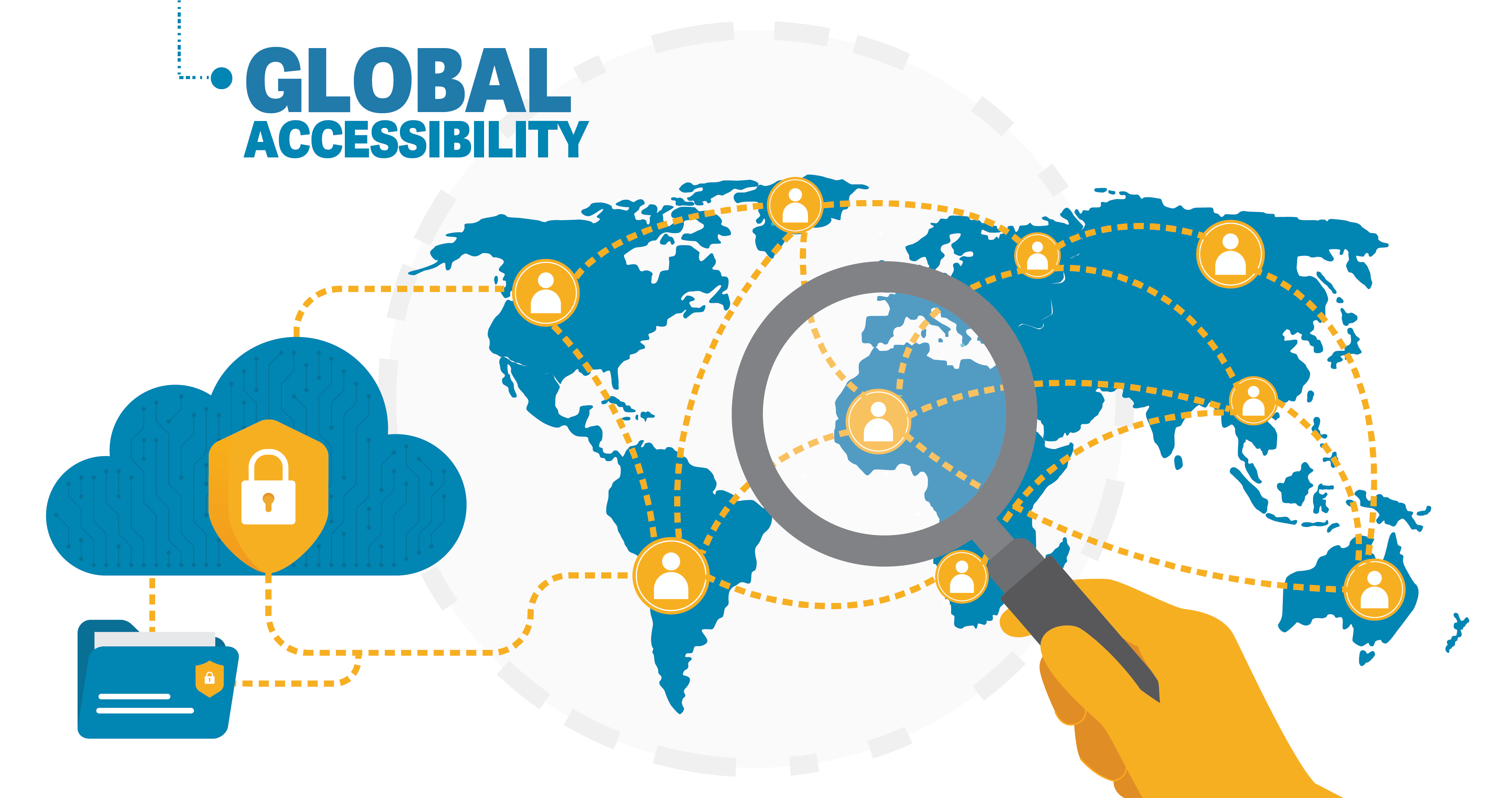
Real-time Tracking and Reporting: VDRs offer administrators the ability to track user activity within the platform. This feature provides insights into which documents have been accessed, when they were accessed, and by whom. Such transparency aids in monitoring buyer interest and engagement providing valuable deal intelligence.
Efficient Communication: VDRs often include communication tools that enable parties to ask questions, seek clarifications, and hold discussions within the platform. This centralized communication streamlines interactions and minimizes misunderstandings, contributing to smoother negotiations.
Customizable Permissions: VDRs allow administrators to customize permissions for different users, granting varying levels of access to documents based on their role and responsibilities. This control ensures that confidential information is only shared with relevant parties.
Enhanced Transparency and Information Access: Virtual Data Rooms (VDRs) have emerged as indispensable tools in enhancing transparency and information access within the realms of business, finance, and legal activities. By providing a secure and centralized online platform for storing, sharing, and managing sensitive documents, VDRs enable organizations to streamline the exchange of information while maintaining a heightened level of transparency.
This transparency is achieved through features such as detailed user permissions, access logs, and document tracking, which empower administrators to monitor user interactions in real time. As a result, stakeholders, whether they be investors, potential partners, or legal teams, can access pertinent documents without the ambiguity and delays associated with traditional physical document exchanges.
VDRs also facilitate collaboration among geographically dispersed teams, as participants can securely review, comment on, and contribute to documents from any location. In an era where data security and efficient communication are paramount, VDRs stand as instrumental tools in fostering trust, accountability, and seamless access to crucial information.
The Future of VDRs in M&A
As technology continues to advance, the role of VDRs in M&A transactions is likely to expand. Artificial intelligence (AI) and machine learning capabilities could be integrated to automate document categorization, risk assessment, and even predictive analysis. This would further expedite due diligence and improve the decision-making process.
Moreover, the ongoing emphasis on data privacy and compliance will drive the development of more robust security features within VDRs. This will be particularly important as data protection regulations evolve and become more stringent.
In conclusion, Virtual Data Rooms have become an indispensable tool in the M&A landscape, revolutionizing how due diligence is conducted. Their ability to streamline processes, enhance security, and promote global collaboration has transformed the way companies approach M&A transactions. As technology continues to evolve, VDRs are poised to play an increasingly pivotal role in facilitating successful M&A deals while safeguarding the confidentiality of sensitive information.
ShareVault has been providing organizations of all types and sizes with secure document sharing solutions for over 15 years.
